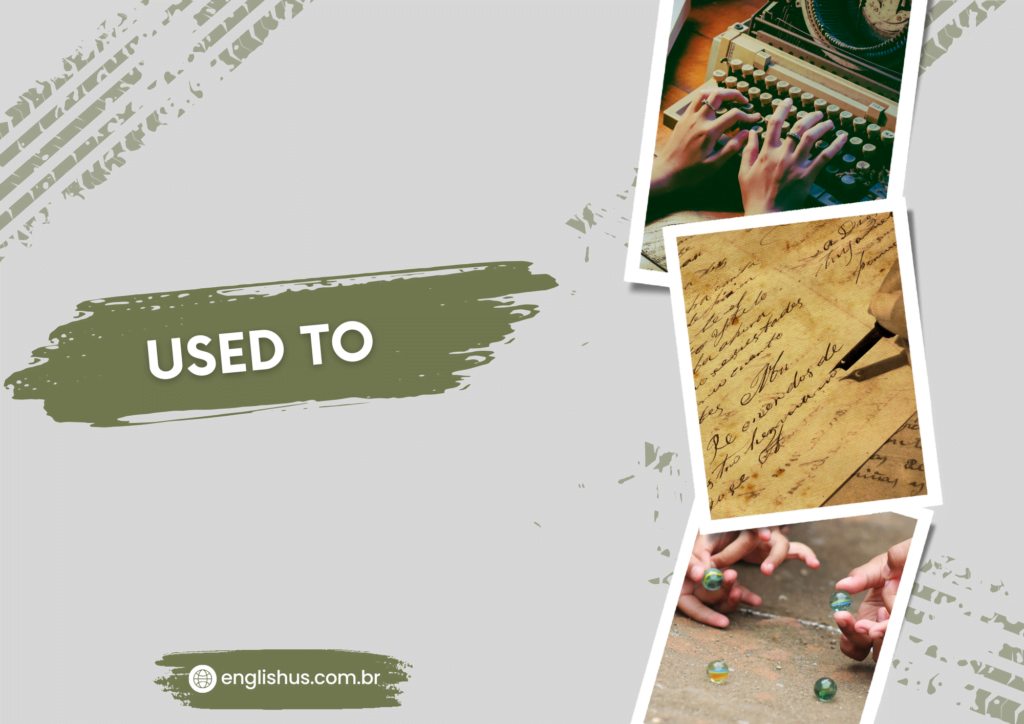Hey there, language enthusiasts! Are you ready to take your English skills to new heights? Today, we’re diving deep into the world of superlatives, where we’ll explore how to express the highest degree of comparison in English. Get ready to reach the pinnacle of your linguistic journey as we unravel the secrets of the superlative together!
Unveiling the Power of the Superlative
The superlative is used to compare three or more things and identify the one that stands out as the highest or greatest in a certain quality. It’s like shining a spotlight on the top performer in a group. Let’s delve into some examples to illustrate this concept:
- She is the tallest girl in the class. (Among all the girls in the class, she is the tallest.)
- It was the most delicious meal I’ve ever had. (Out of all the meals I’ve eaten, this one was the most delicious.)
- He is the fastest runner on the team. (Compared to all the other runners on the team, he is the fastest.)
Understanding the Structure of the Superlative
The structure of the superlative varies depending on the length and form of the adjective or adverb being used. Let’s break down the structure for both regular and irregular adjectives and adverbs:
- Regular Adjectives/Adverbs:
- The + adjective/adverb + -est (for one-syllable words)
- The most + adjective/adverb (for words with two or more syllables)
- Irregular Adjectives/Adverbs:
- Some adjectives and adverbs have irregular forms for the superlative. For example:
- Good → The best
- Bad → The worst
- Well → The best
- Some adjectives and adverbs have irregular forms for the superlative. For example:
Examples:
- Tall: The tallest building in the city.
- Beautiful: She is the most beautiful girl in the room.
- Fast: He is the fastest runner on the track.
- Good: It’s the best movie I’ve ever seen.
- Well: She speaks English the best in the class.
How to Use the Superlative in Context
Using the superlative effectively involves considering the context and the specific qualities being compared. Here are some key points to remember when using the superlative:
- Comparing Three or More Things: Use the superlative when comparing three or more things and identifying the one that stands out as the highest or greatest in a certain quality.
- She is the smartest student in the class.
- It’s the most expensive restaurant in the city.
- Adding Emphasis: Use the superlative to add emphasis and highlight the extreme nature of a particular quality.
- He is the kindest person I know.
- This is the worst day of my life.
- Avoiding Ambiguity: Be careful not to use the superlative when comparing only two things. In such cases, use the comparative form instead.
- She is taller than her sister.
- This book is better than the last one.
Tips for Mastering the Superlative
- Know Your Adjectives and Adverbs: Familiarize yourself with the forms of adjectives and adverbs in the superlative.
- Practice Regularly: Use the superlative in your speaking and writing to become more comfortable with its usage.
- Read and Listen: Pay attention to how the superlative is used in English-speaking contexts to deepen your understanding.
The superlative is a powerful tool in English grammar that allows us to express the highest degree of comparison and highlight the extreme nature of a particular quality. By mastering its usage, you’ll be able to add depth and precision to your communication skills. So, keep practicing, stay curious, and remember that every sentence you construct with the superlative is an opportunity for linguistic growth and self-expression.
For those eager to enhance their English skills and embark on a journey of personal development, I recommend the ebook “Personal Development Through English Language.” This invaluable resource combines language learning with insightful personal growth tips, offering a unique opportunity to expand your vocabulary while nurturing your mind and spirit. For more informations, click HERE.
Happy learning, and may your English journey be filled with awe-inspiring discoveries and remarkable achievements!

